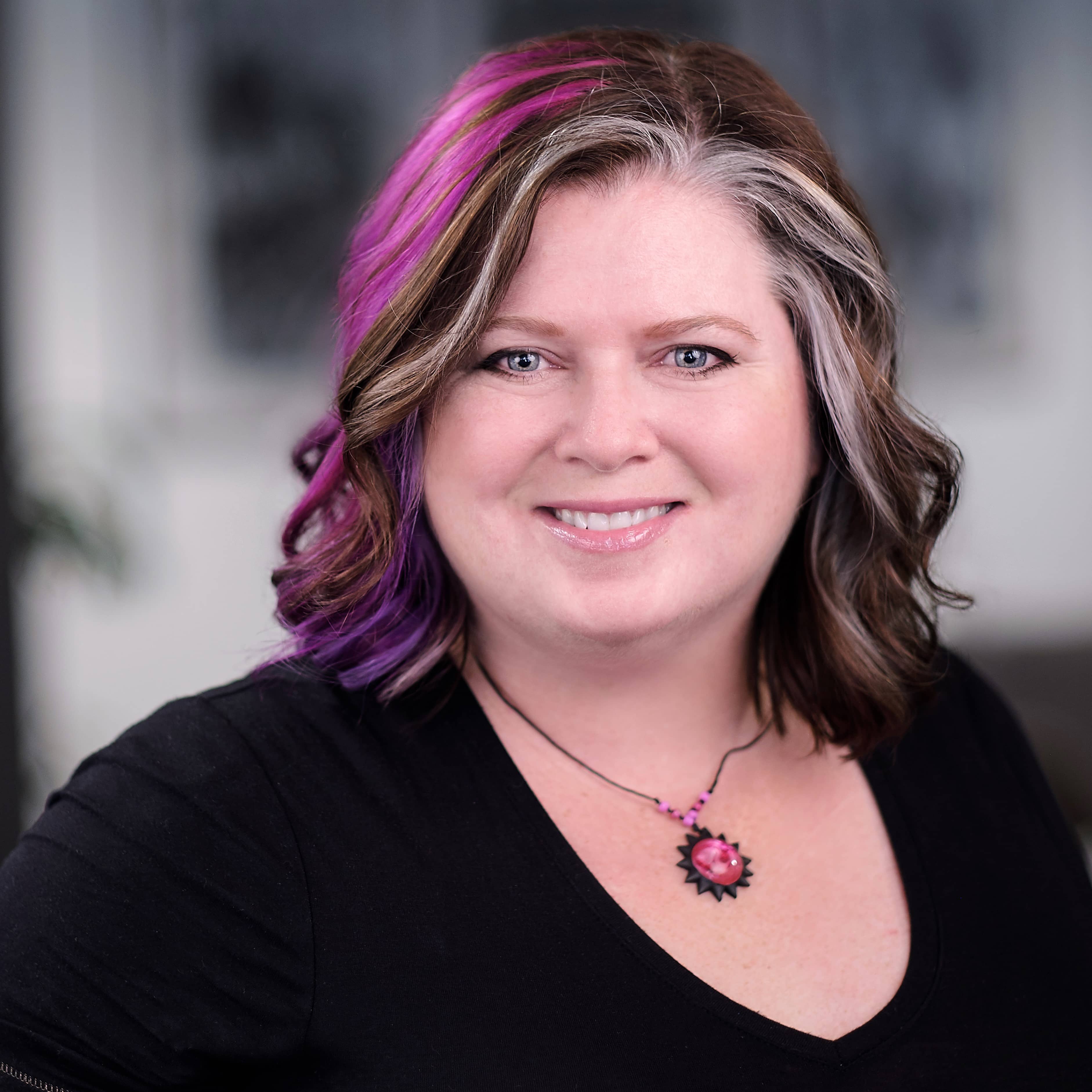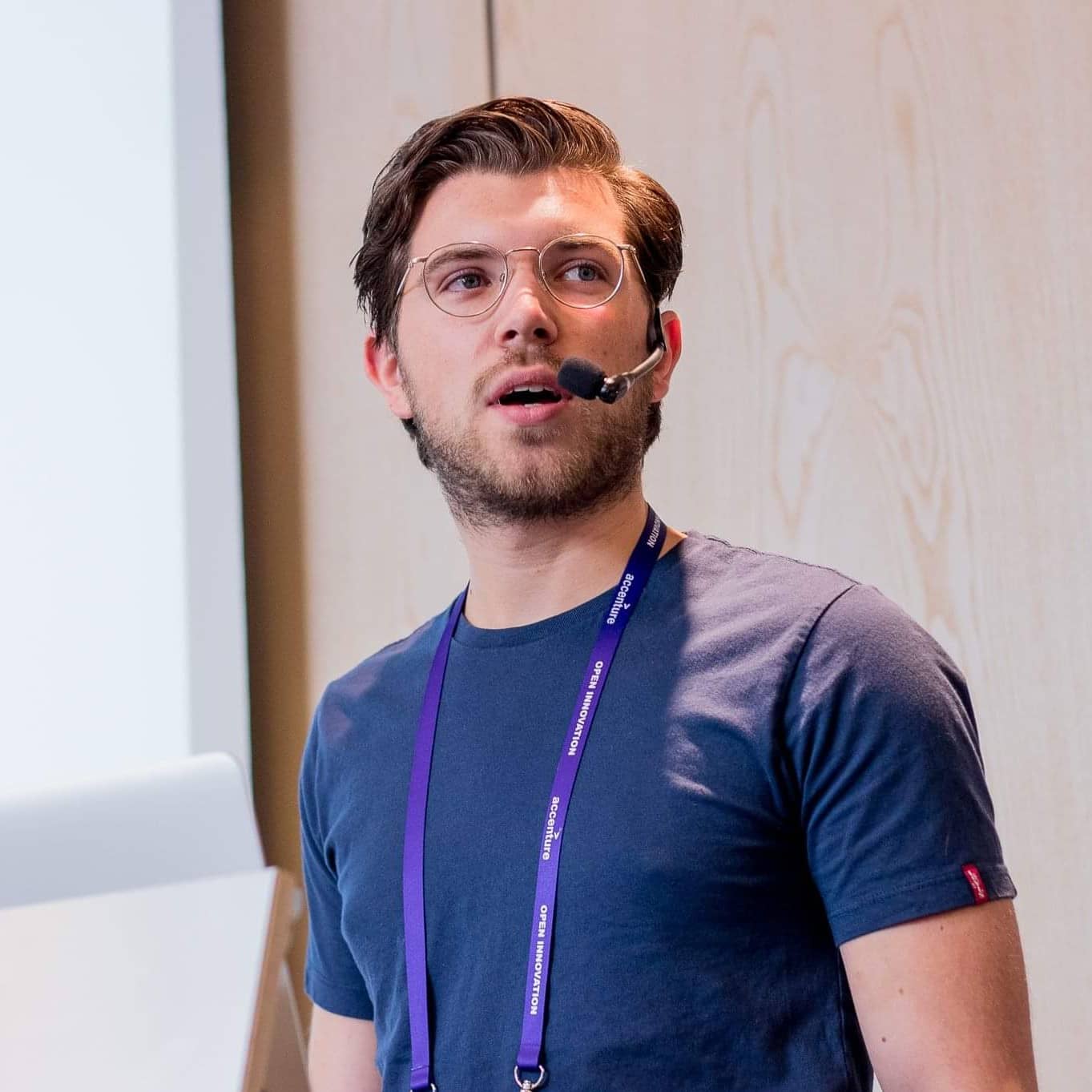Speaker Spotlight
It is only three more days until JSDayIE 2019, and in this blog post, we would like share some additional details about some of our speakers and the technologies that they will talk about during the event.

Kathleen McMahon
Kathleen works at O’Reilly Media as a Senior Frontend Engineer and Design System Tech Lead. Her deep industry experience as both a designer and developer fuels her passion for making apps beautifully accessible. In her spare time, she is the Creative Director for the CXsisters network, and the best lanterne rouge cyclocrosser you’ll ever meet.

How widespread do you think the concept of accessibility is when designing apps?
Good question! If you read the WebAIM Million Report, the results show that 97.8% or the top 1,000,000 home pages had detectable WCAG 2 failures. That’s only the errors found from using automated tools to audit a page. If we go by those results alone, it’s pretty clear that the concept of accessibility is either not as widespread or prioritized in the process of designing apps as necessary. We’re leaving behind users as a result.
How easy is to make accessibility be a part of every app?
Making accessibility a part of every app can be a straightforward process. The W3C has published the Web Content Accessibility Guidelines (WCAG) with success criteria to meet. There is an ample amount of articles available on the internet that provide extra guidance to distill the WCAG success criteria into digestible bites.
Also, it’s the responsibility of every member of your team to do their part to create accessible apps. Implementing accessibility best practices early and throughout the software development lifecycle, rather than trying to bolt on accessibility at the end of a project is the most straightforward (and efficient!) path to an inclusive experience for all.
Do you have any tips for new speakers?
Tips for new speakers? Absolutely!
Prepare your talk and practice a few times… ideally with a friend or two that can take notes and provide feedback.
Get enough rest before your talk
Show up early to the venue and test out your presentation in the environment where it will be presented. Definitely check out your connection to the projector and work out any technical gotchas beforehand rather than when it’s time to speak!
Take a breath, pause between thoughts when presenting. Allow your message to sink in with the audience.
Enjoy your time on stage, and make time to speak with the attendees after your talk to answer any questions.
Wassim Chegham
Wassim is Senior Cloud Advocate at Microsoft and a member of the Angular core team. He is the author of many open-source projects such as xlayers.dev and ngx.tools. He is a GDE for the Angular team, the Google Assistant and the GCP teams at Google. He is also a member of the Node.js Foundation, a former member of the Angular Universal core team and part of the current Angular Console core team. He likes music, composition and painting.

With Angular CLI making it easier to create and manage projects, do you think it is gaining popularity?
The Angular CLI is the official tool for creating and managing Angular applications. I don't have the exact numbers, but from what I could see on the field and in my network, many developer teams are using the Angular CLI. All the teams I personally have worked with, here in France, were using the CLI.
To be honest, in the past, the CLI was missing some features, but now it is getting more and more features and APIs (which I am going to highlight during my talk). So, it is not a scientific answer, but Yes, more and more developers are using the Angular CLI.
Any tips for JS beginners who want to get into angular?
Angular is a fully-featured framework; it has a rich ecosystem of libraries and tooling. As a beginner, you don't need to know about all of that. Just start with the basics. We have a beginner-friendly getting started guide at https://next.angular.io/start.
Your bio says you like music composition, what kind of music do you compose?
I used to DJ'ing and mixing for fun back in the days. Recently, I started learning about music production and especially about EDM (Electronic Dance Music). So, I am mostly a beginner in that space. 😋
David Gonzalez
Author of three books on Javascript. Microservices and DevOps, David Gonzalez is a DevOps Consultant with NearForm. David also lectures in CCT College, Dublin on Cloud and Distributed Systems. He is on a mission to transform companies’ IT processes and culture to allow technology to become an enabler instead of a burden.

JS apps on Kubernetes, do you see this being more common now?
It is very common: new software systems are Kubernetes native as it provides many benefits. I don't see any company starting a new project from scratch without considering containers and that leads, naturally, into Kubernetes: it is not only about deploying the app but also all the configuration, secrets, routing rules… and the most important one: keep it running.
What is your most favorite thing about Kubernetes?
The fact that it provides the the DSL (Domain Specific Language) to glue development and operations. You can model any system with Kubernets using a set of API resources.
Any tips for beginners getting into deploying JS apps with Kubernetes?
Yes! Read my book: https://www.packtpub.com/eu/networking-and-servers/implementing-modern-devops.
Roy Derks
Roy Derks is a serial startup CTO and conference speaker from Amsterdam. He also teaches React and GraphQL at reactjs.academy, and works on open-source JavaScript projects for the City of Amsterdam.

GraphQL, how did you come to use it?
My origin story for GraphQL is actually pretty interesting, as I first came across with GraphQL four years ago on a hackathon in Berlin. It was my first ever solo trip to a foreign country, which was already pretty exciting. Over there, I created a prototype application that rewarded rental car users with credits if they drove "economically", which also won a (small) price. Although I didn't use GraphQL for that project, other teams did, and I tagged along with them to learn more about it. Back then, I never could have thought this would be a technology I use almost every day.
What is your most favorite thing about GraphQL?
What I like most about GraphQL is its flexibility and how easy it is to use compared to (traditional) REST APIs. Although GraphQL isn't a complete alternative for REST, it provides developers with the ease of receiving just the data from an API that they ask for. Especially for mobile applications this is a huge win as you don't want to flood your application with data you don't use. And in my talk I'll show how you can even use GraphQL together with REST services, so that you can get started with GraphQL without having to make any changes to existing APIS.
Any tips for new speakers?
I started speaking just over a year ago, and my biggest tip would be to go out there and test your speaking skills at local meetups. The expectation of visitors is often a bit lower compared to a conference where people pay money to see you speak. It's absolutely ok to be afraid of doing your first talks; everybody does - even experienced speakers.